Similar Posts
Over the years, I have designed numerous furnishings for American Orthodox churches. Because America has a rich tradition of fine furniture making, I have always felt that liturgical woodwork is one of the areas in which America can offer something distinctive to Orthodox culture. When I was asked to design a kouvouklion (the liturgical “tomb” of Christ), it seemed an interesting opportunity. As in all my work, I hoped to offer an original and American vision for a distinctly Orthodox typology of furniture.
The purpose of a kouvouklion is to display the epitaphios – the embroidered icon of Christ lying dead in the tomb. As such, the kouvouklion represents the tomb-structure in which Christ lay. A kouvouklion will be displayed off to the side of the nave year-round, but for Holy Week, it will be at the center of the nave under the dome, richly decorated with flowers. It is typical in Greek-Orthodox practice that the whole kouvouklion will be carried in procession around the church. As such, it needs to be of lightweight construction, and is often completely ornamented in delicate openwork carving.
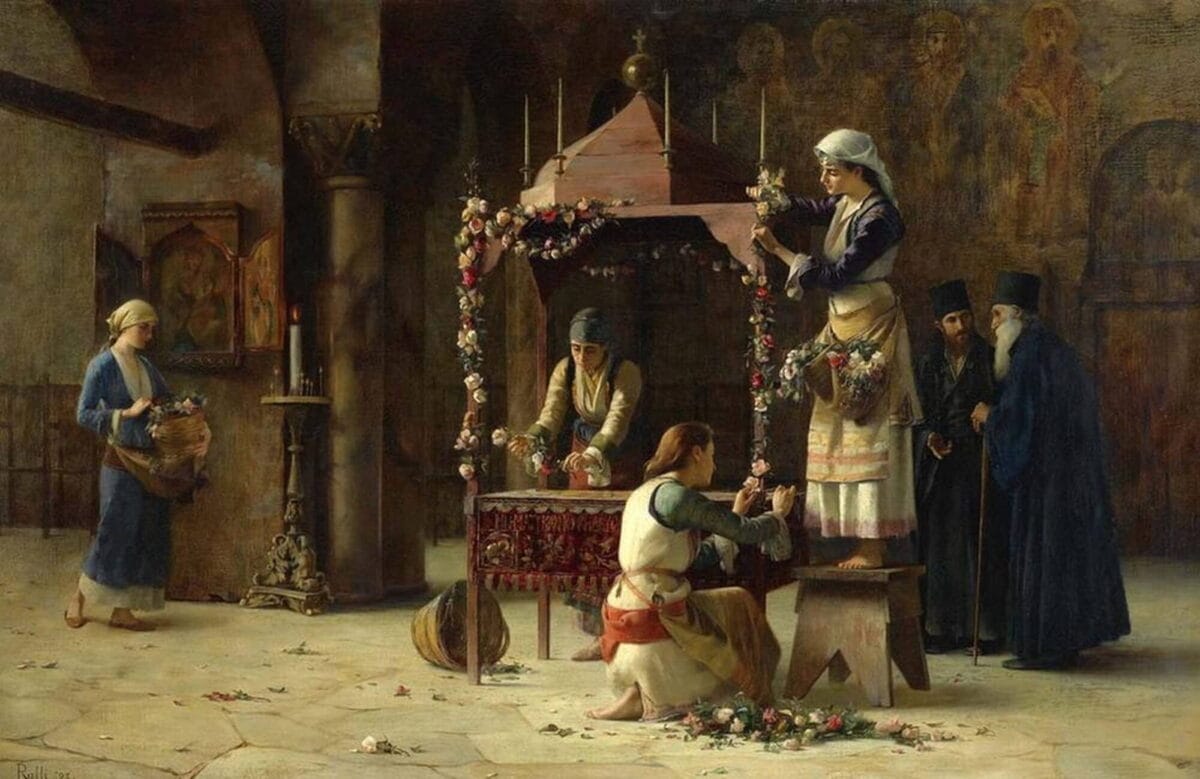
A painting showing the traditional decorating of the kouvouklion on Holy Friday in Greece. By Théodore Ralli, 1893
The kouvouklion is not typical in Slavic practice, wherein the epitaphios is carried in procession without its wooden bier. Nevertheless, the practice of displaying the epitaphios in a kouvouklion is becoming increasingly popular in American churches even of Slavic background. It makes for a far more dramatic presentation in Holy Week, and the epitaphios is more accessible year-round for veneration in a kouvouklion than when hung on the wall.
I have been developing my concept for a kouvouklion for some years, as several of my clients have expressed interest in having one built. The opportunity to finalize my design came last year with a commission from Saint Thomas the Apostle Orthodox Church in Springfield, Missouri. As an OCA parish, their kouvouklion would not be carried in the procession – so there was no need for it to be lightweight. Also, I did not think it was desirable for this kouvouklion to look normatively Greek. Not only is the parish diverse with many converts, but the highly ornate carving of modern Greek furnishings would not reflect the cultural sensibilities of midwestern Americans.
Whereas a modern kouvouklion typically has a dome, approximating the external form of the Aedicule of the Holy Sepulcher, I wanted to make my kouvouklion arch-topped. This would reference the original form of the tomb-chamber itself – an arcosolium. The arcosolium – a rock-cut chamber with a wide arched top – was a common tomb-typology in the ancient world. Anyone who has been in an ancient catacomb will have seen them. An arcosolium carved into living rock has a striking power – instantly conveying the pagan finality of the long sleep of Hades. Christ’s tomb was of this form, and although only the lower half of the original living-rock tomb-chamber remains today, the aedicule that was built around it still conveys a cave-like quality.
To reference the arcosolium form, I designed my kouvouklion with two wooden arches and a barrel-vault of tongue-and-groove wood spanning between. To imply a shroud lying overtop the whole bier, I included scroll-cut cusping on the skirt boards at the sides of the vault (suggesting decorative fringe on fabric). This affect was inspired by the Aedicule itself. Added in 1809, the marble cladding of the Aedicule is ornamented in several places with carved-stone renditions of pleated fabric. A rather unusual detail of Ottoman Baroque style, the sculpted-fabric is one of the most recognizable aspects of the Aedicule and seemed a fitting detail to reference in my kouvouklion.
For the styling of the woodwork, I looked to Russian village churches. Such churches ornament their porch columns with a square-spindle effect – perhaps a reference to the fine round columns of urban churches, but hewn with an axe alone. I like this form of column because it seems earthy and robust – ornate, but in no way frivolous or delicate. It worked well to convey the gravitas that I wanted in my kouvouklion design.
Russian village woodwork does not usually include fine carving. Rather, ornamentation is achieved with fretwork and with applied wood strips. This method of saw-cut and built-up ornament can be seen on the more exuberant log churches and their original furnishings. It is also sympathetic to Victorian-American woodwork, which used similar techniques. Whether a “Queen-Anne” or “Gingerbread”-style Victorian house, or the “Eastlake”-style furniture typically found inside, ornamentation is dominated by fretwork and applied layers rather than carving.
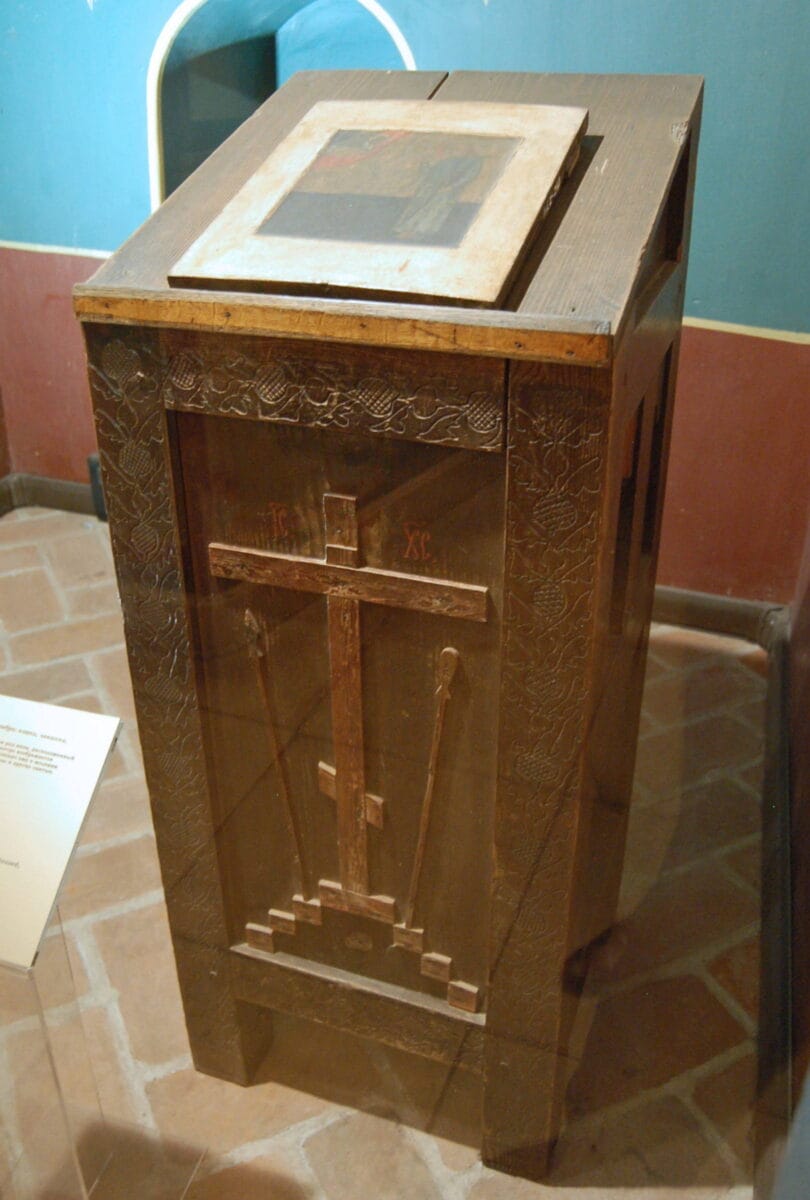
An icon-stand from an old Russian village church. Note the cross made from thin applied wooden strips.
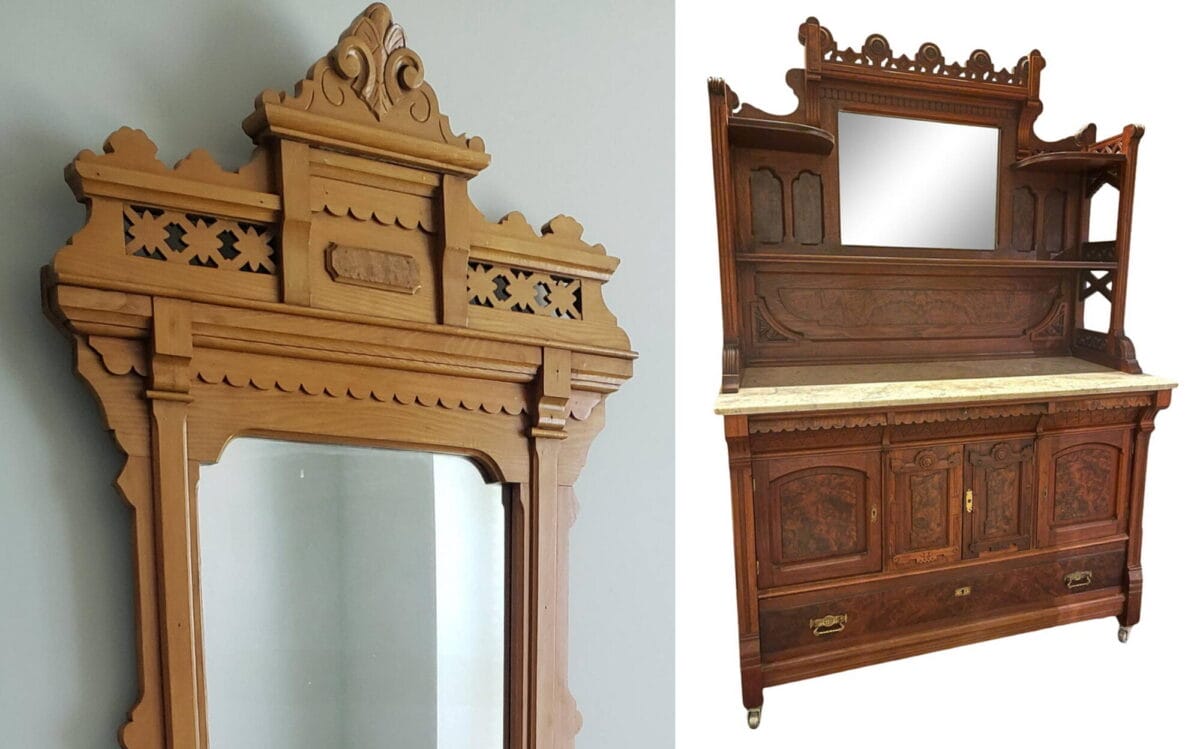
Examples of “Eastlake” furniture, the most common style of wooden furniture in late-nineteenth-century America, which likewise uses fretwork and applied ornament more than carving.
On my kouvouklion, I used applied fretwork for the paneled base and for the symbolic ornaments associated with the crucifixion at the top (crown of thorns, nails, cross and skull, stars with sun and moon). The epitaphios itself will sit beneath the frame-with-glass that rests inside. The frame fits onto the surface with pins, and easily lifts off.
As always, I developed and refined my design in 3D computer model, then drafted detailed construction drawings in AutoCAD. Through the support of a generous donor, the kouvouklion was built to my specifications by Fr. Dimitri Kulp of St. John’s Workshop using white oak with a polymerized tung-oil varnish. It was delivered to Saint Thomas Church in April, in time for its first use during Holy Week.
It is my hope that additional churches will commission pieces like this. I’m happy to adjust the design as needed according to local needs. I believe this kouvouklion works well to convey the Orthodox joyful sorrow of the crucifixion, expressed in a way that honors American culture and craft traditions, our historic connections to Old-World Orthodoxy, and the memory of Christ’s original tomb in Jerusalem.
Other examples of Andrew Gould’s liturgical furnishing design can be seen on his website here.
If you enjoyed this article, please use the PayPal button below to donate to support the work of the Orthodox Arts Journal. The costs to maintain the website are considerable.
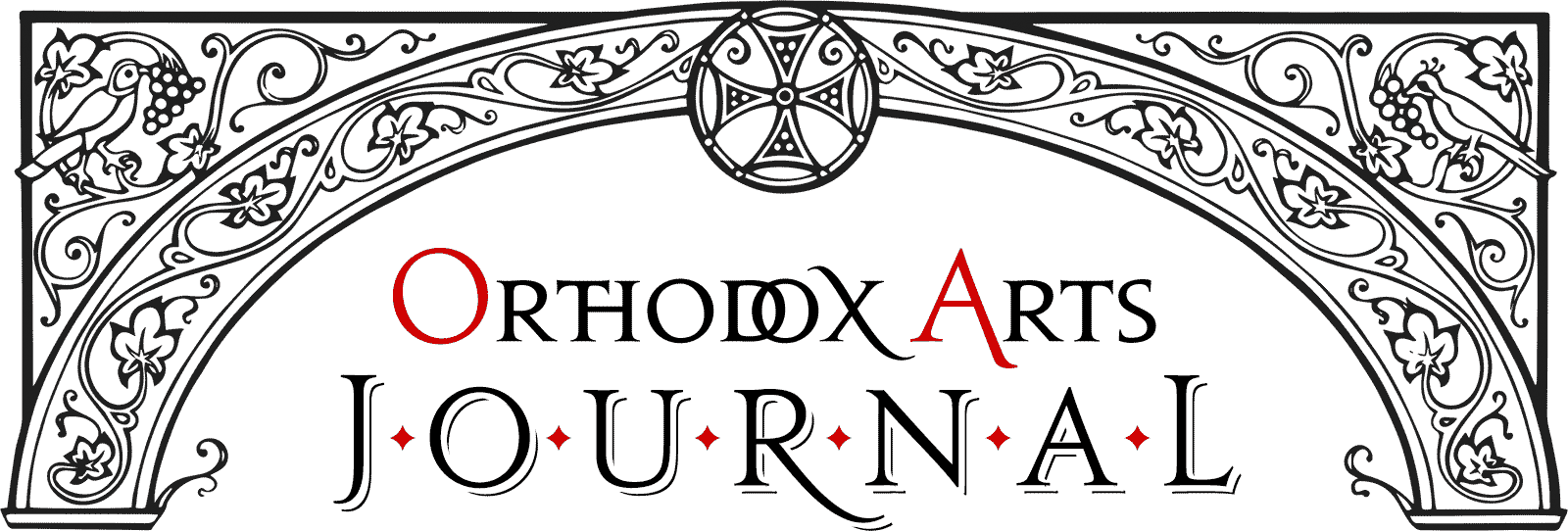
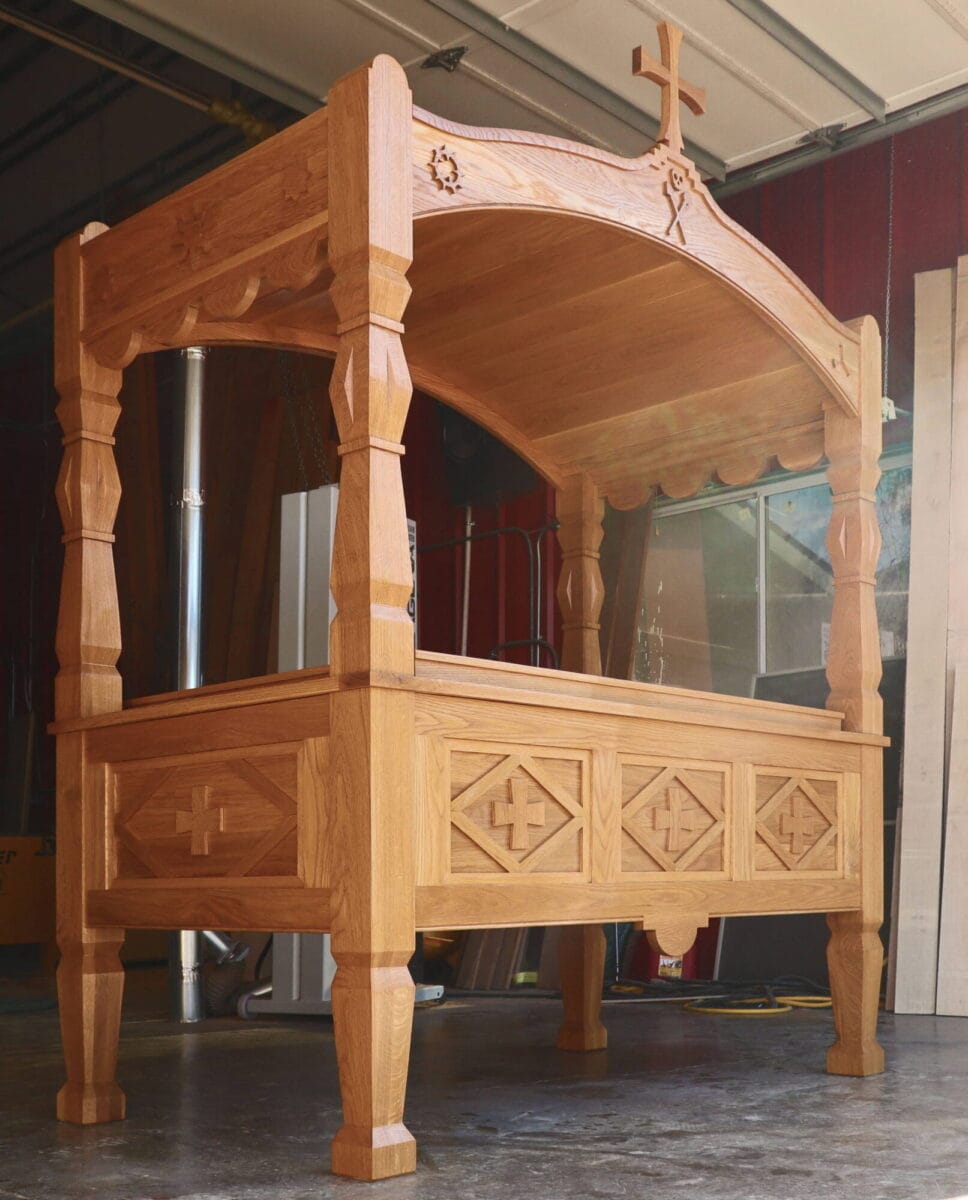
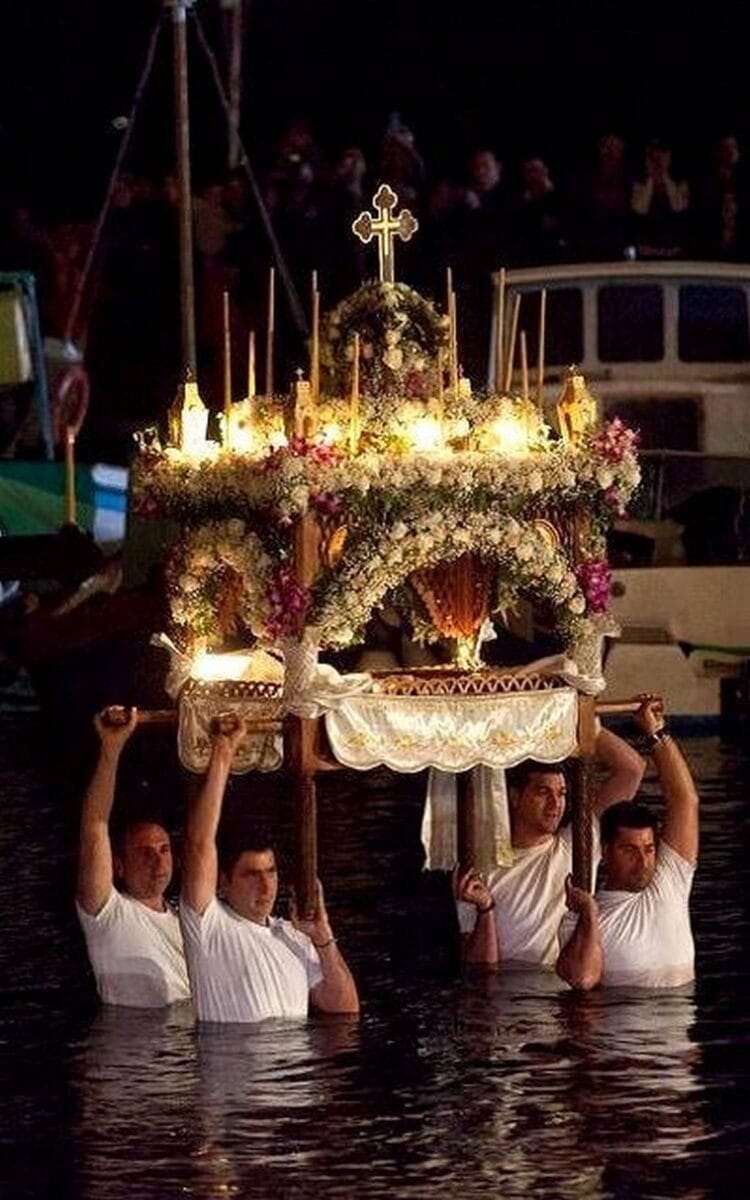
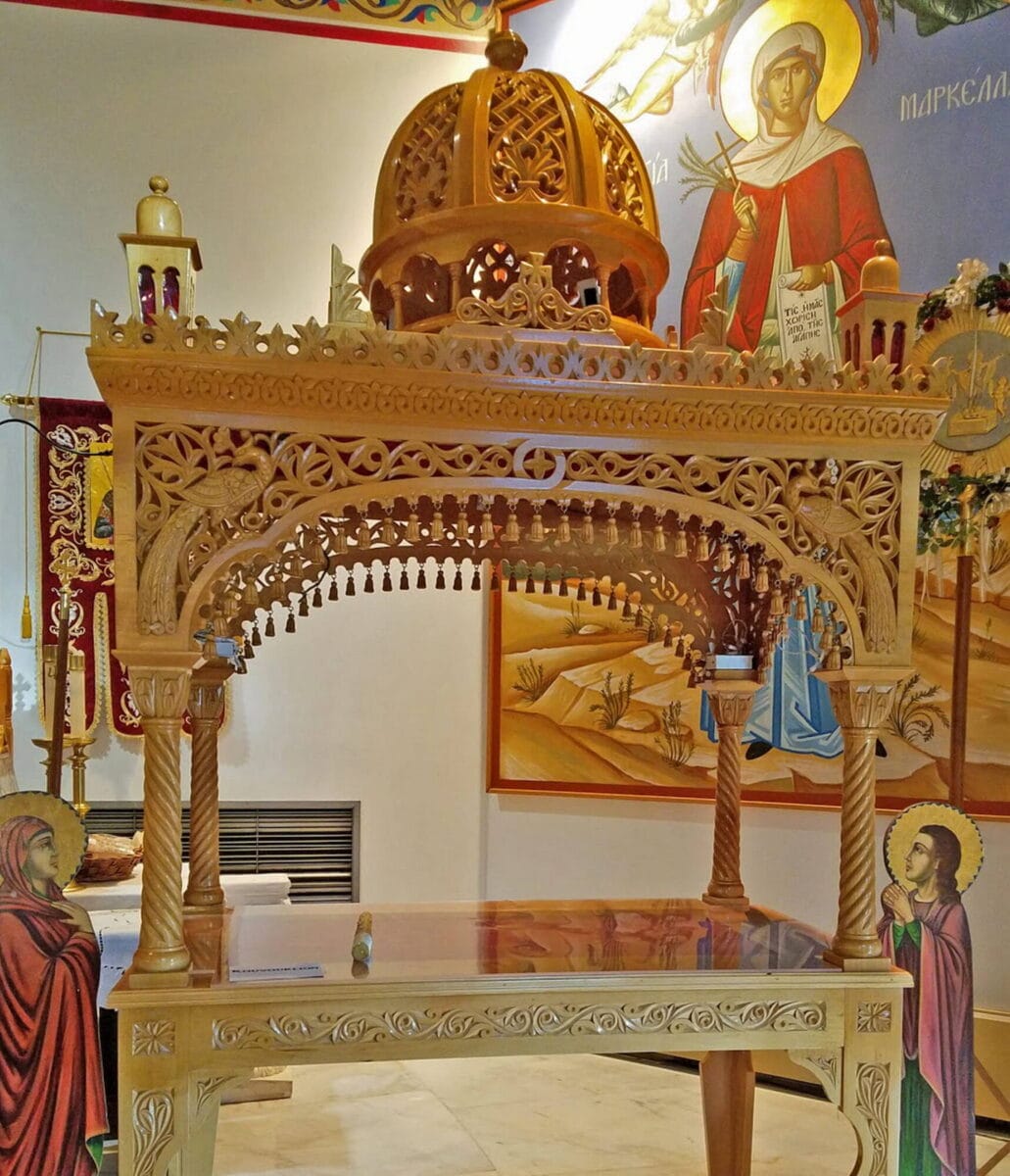
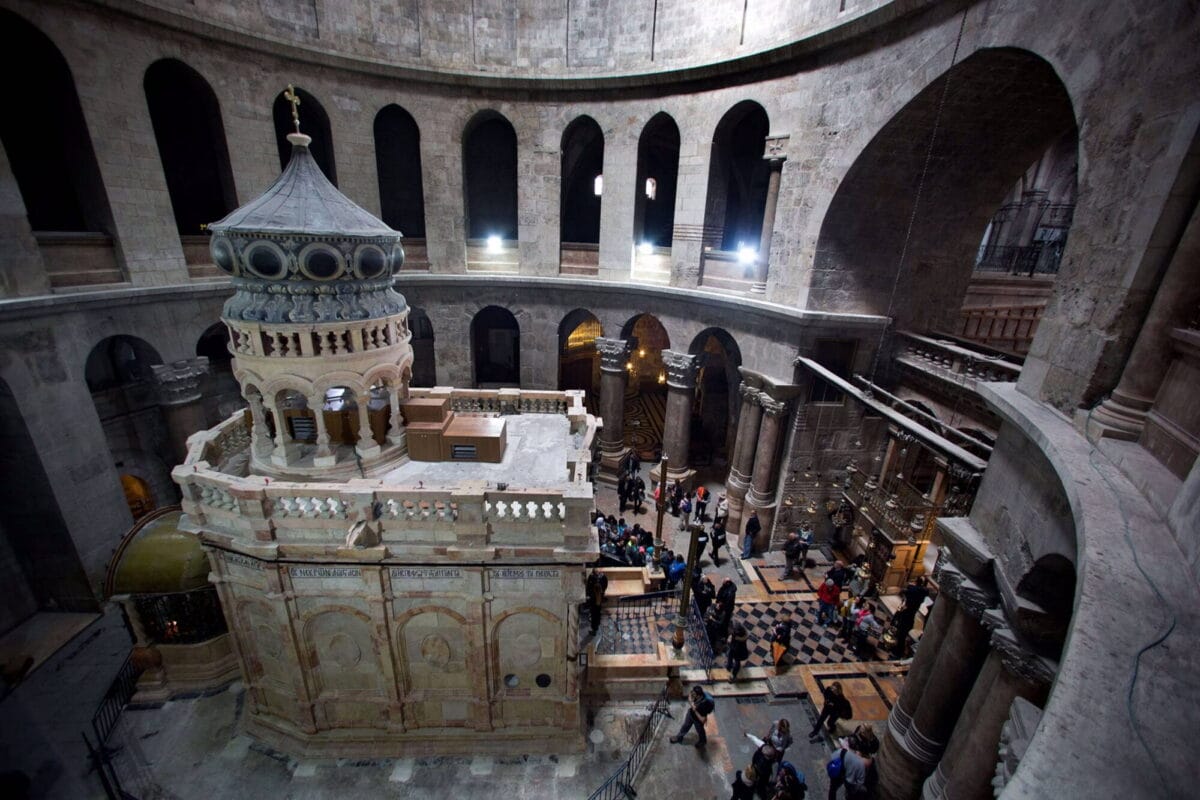

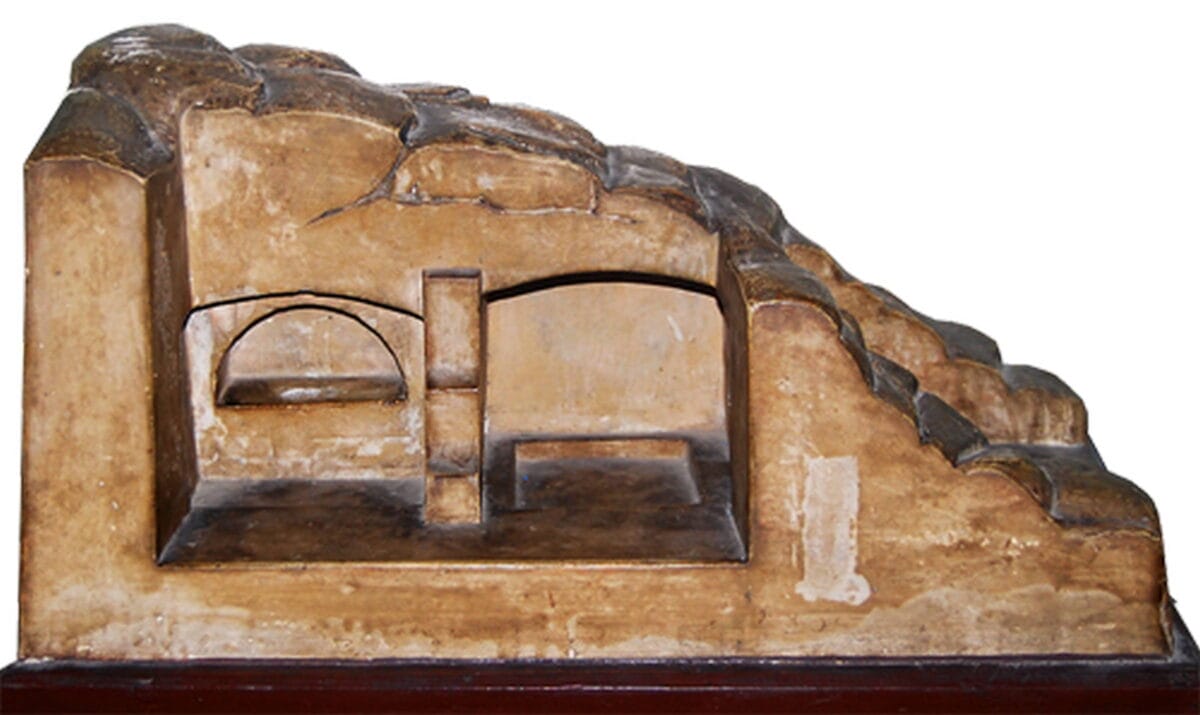
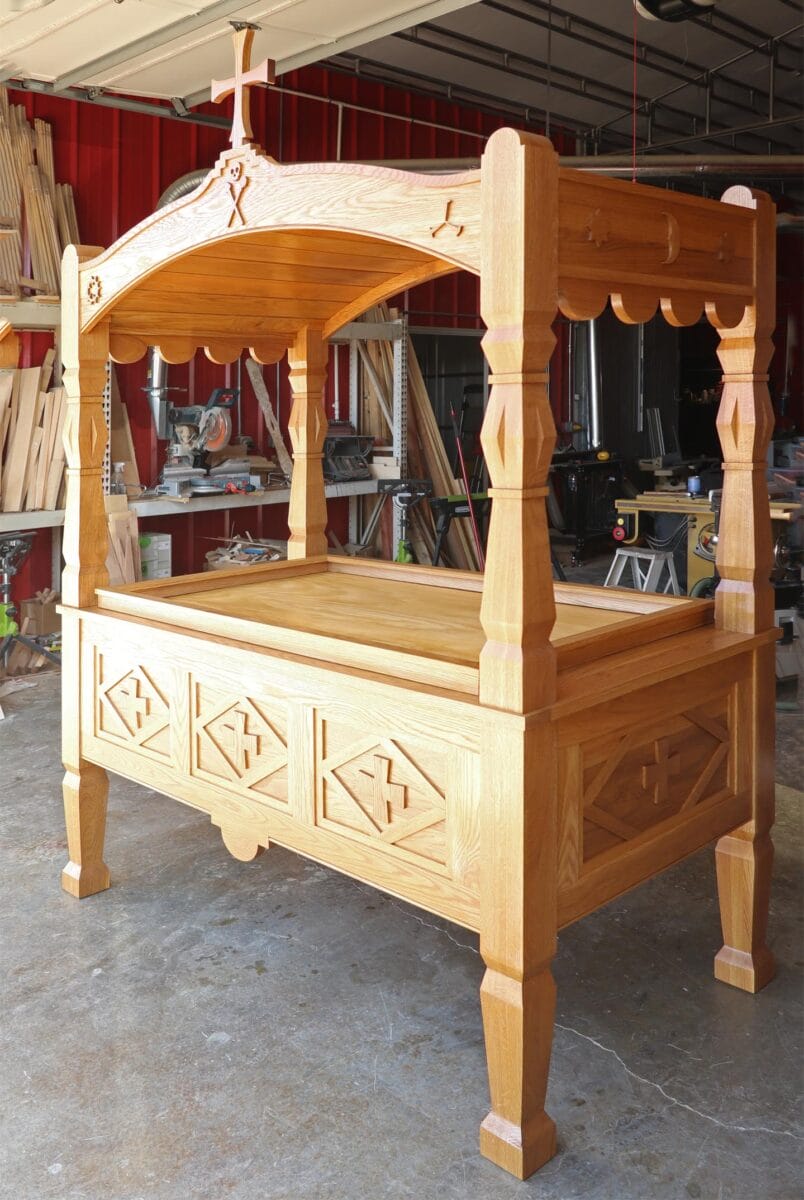
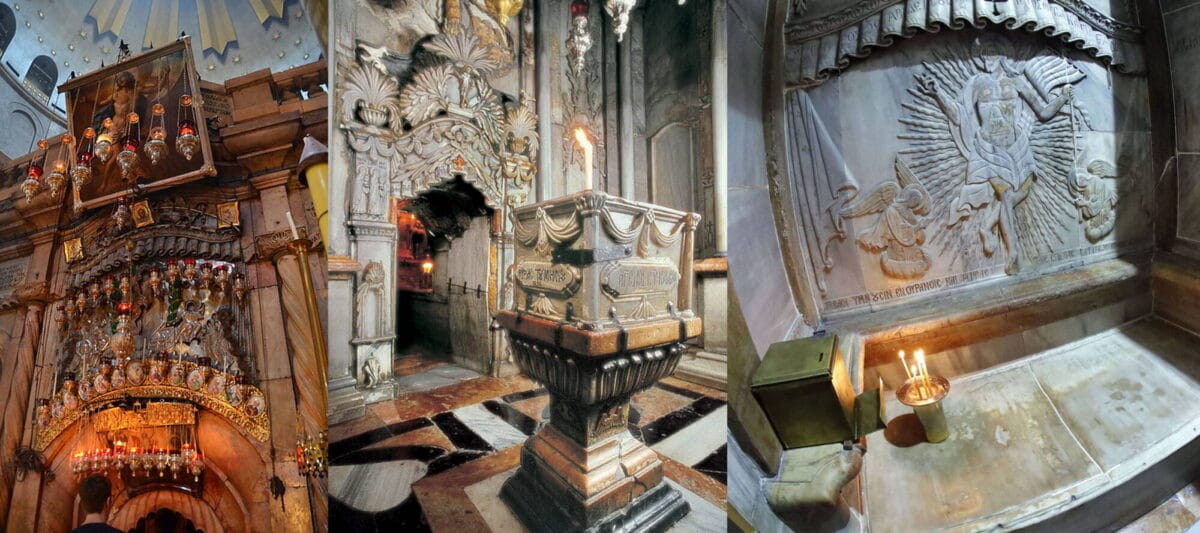
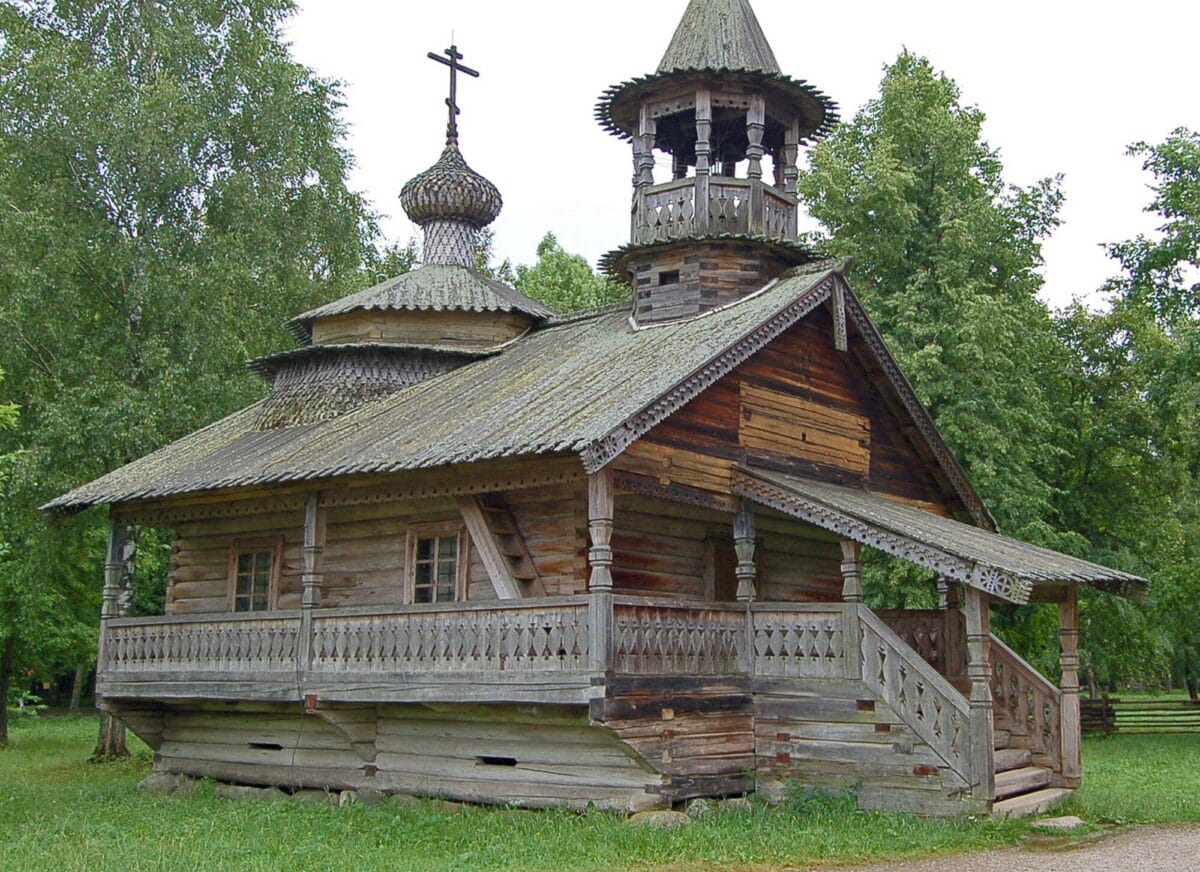
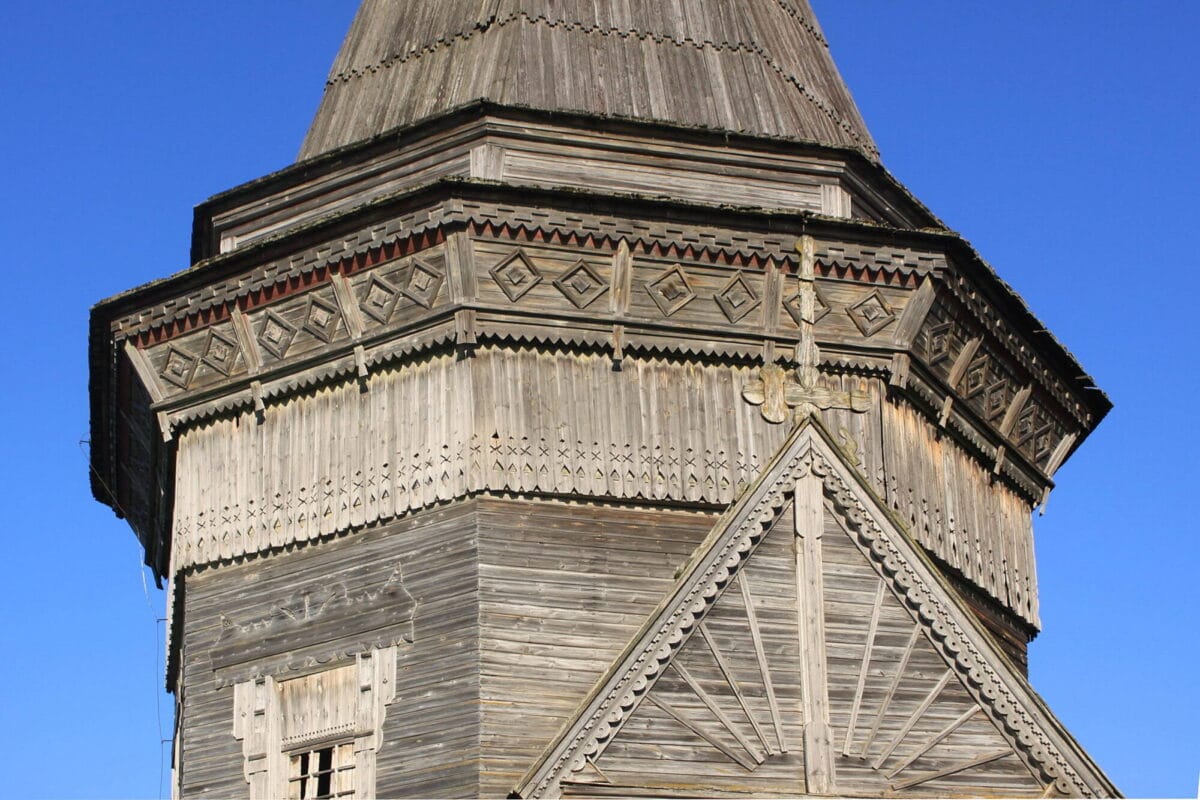
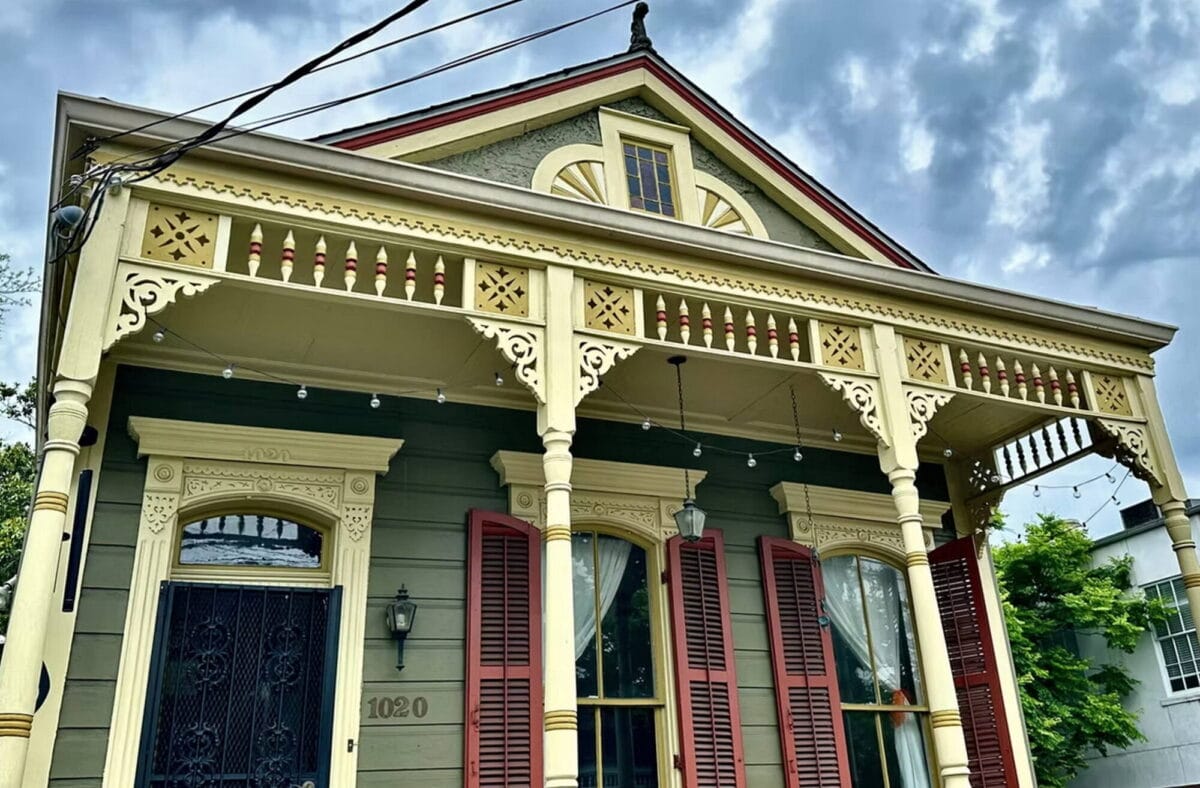
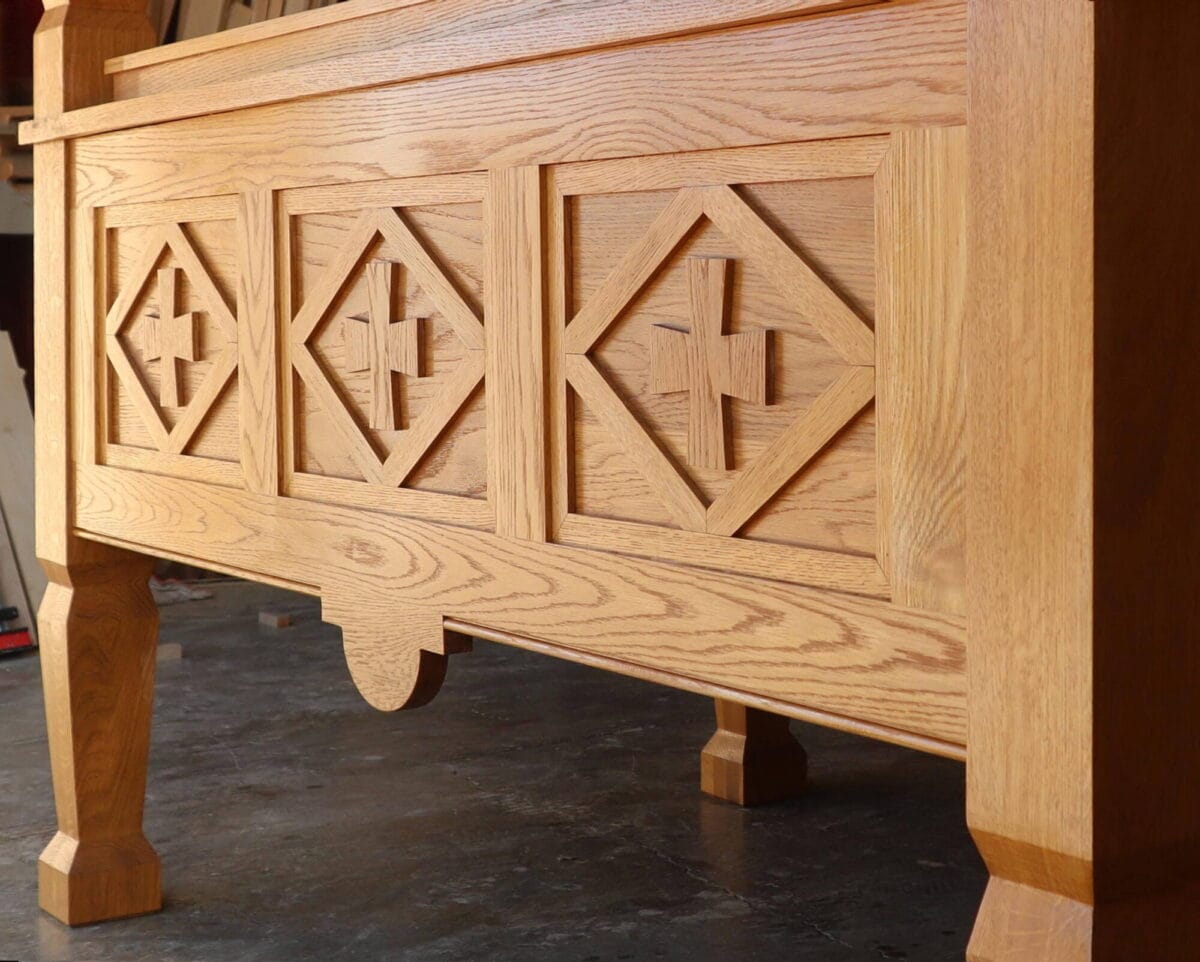
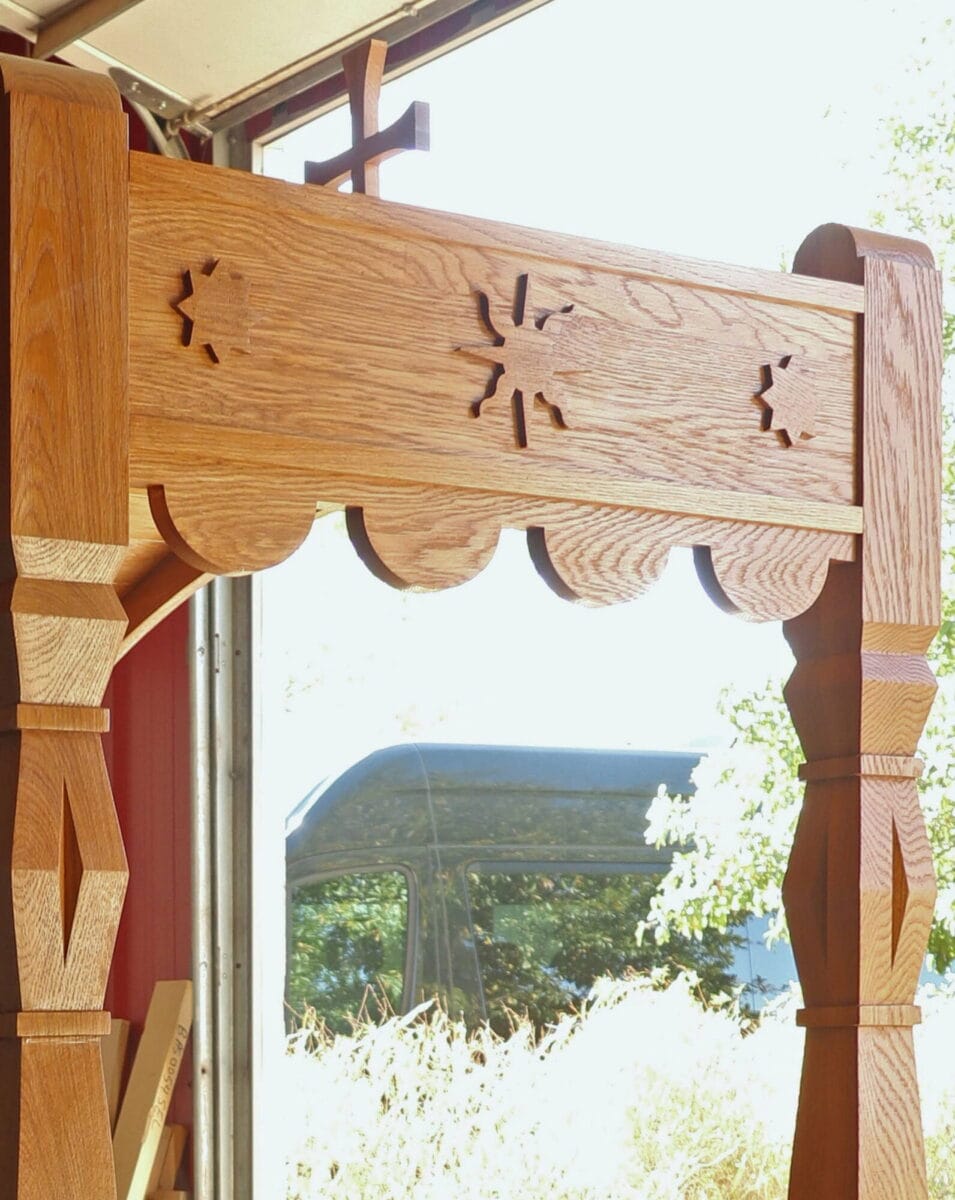
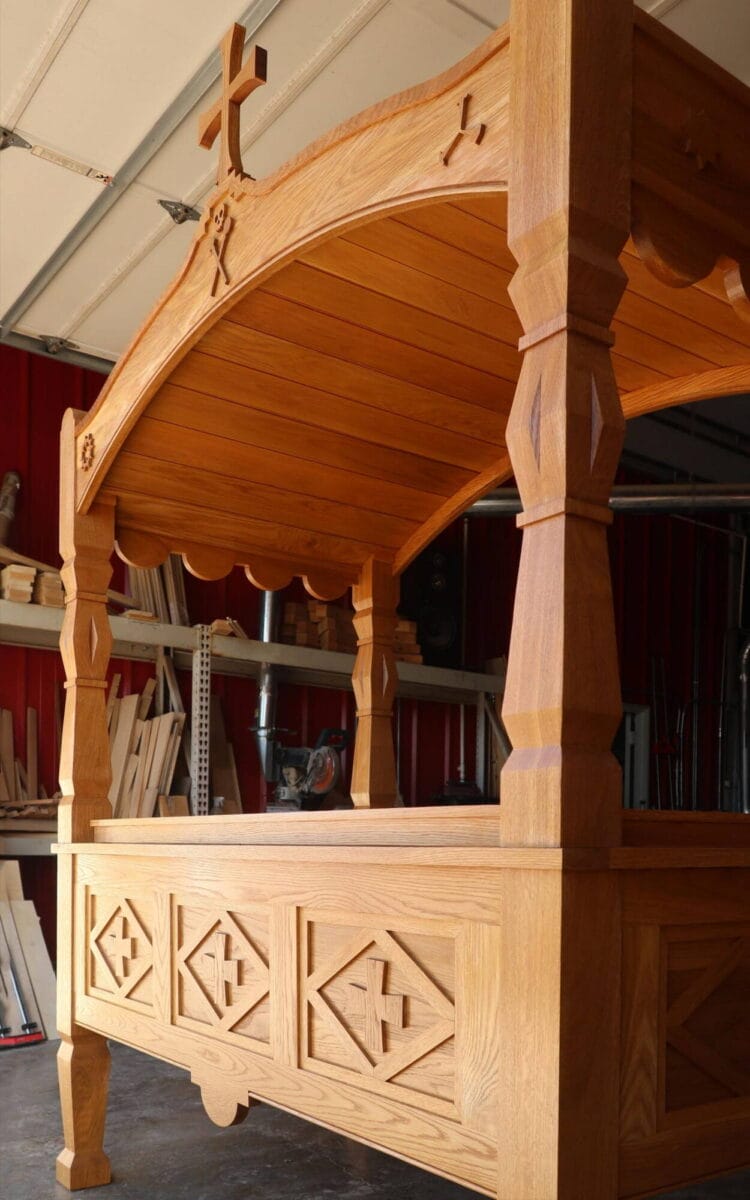
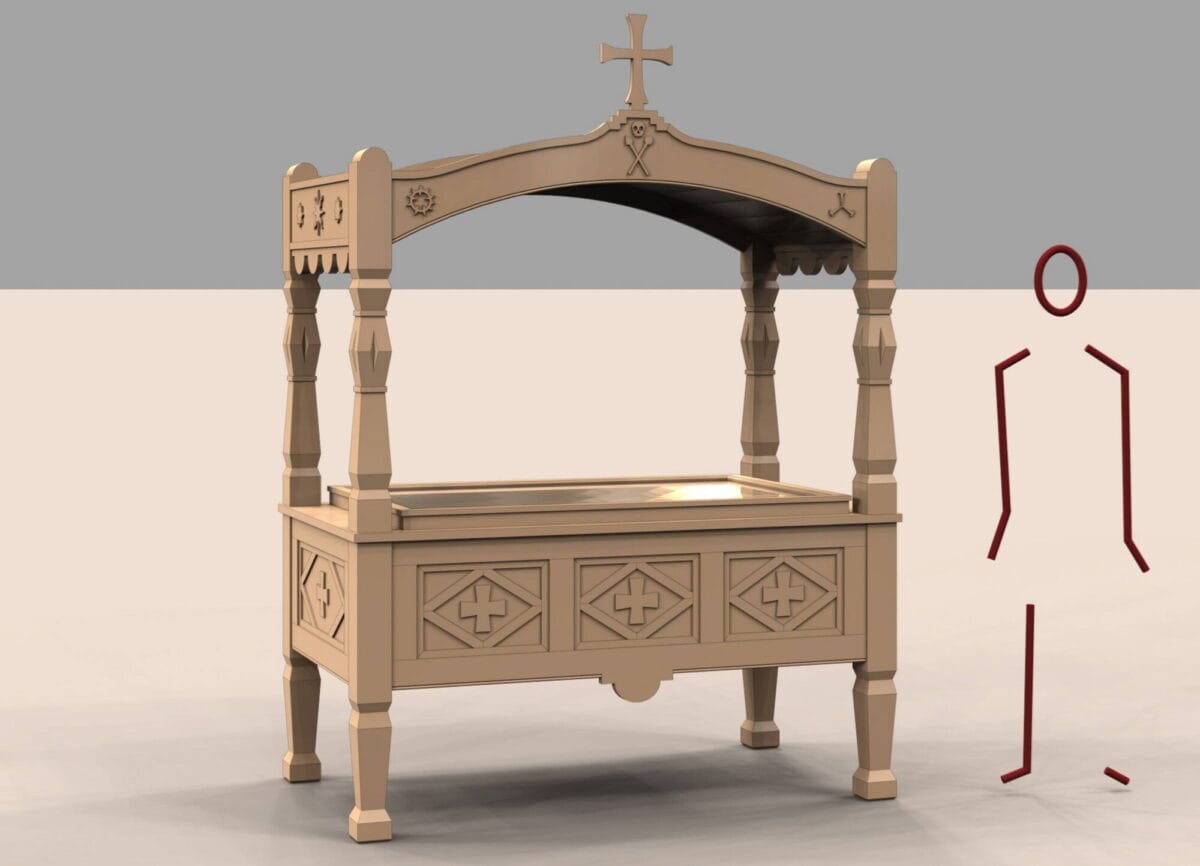
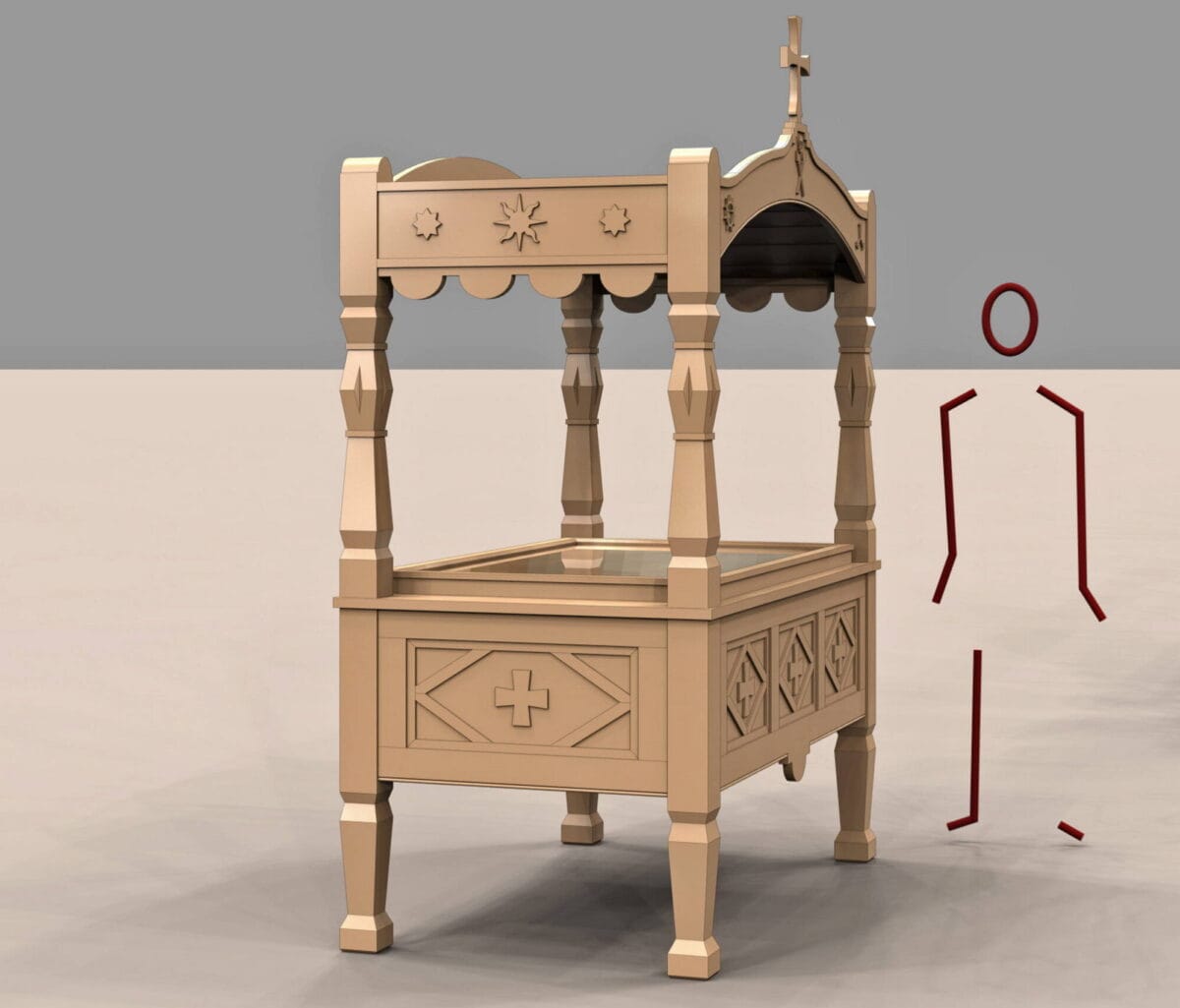

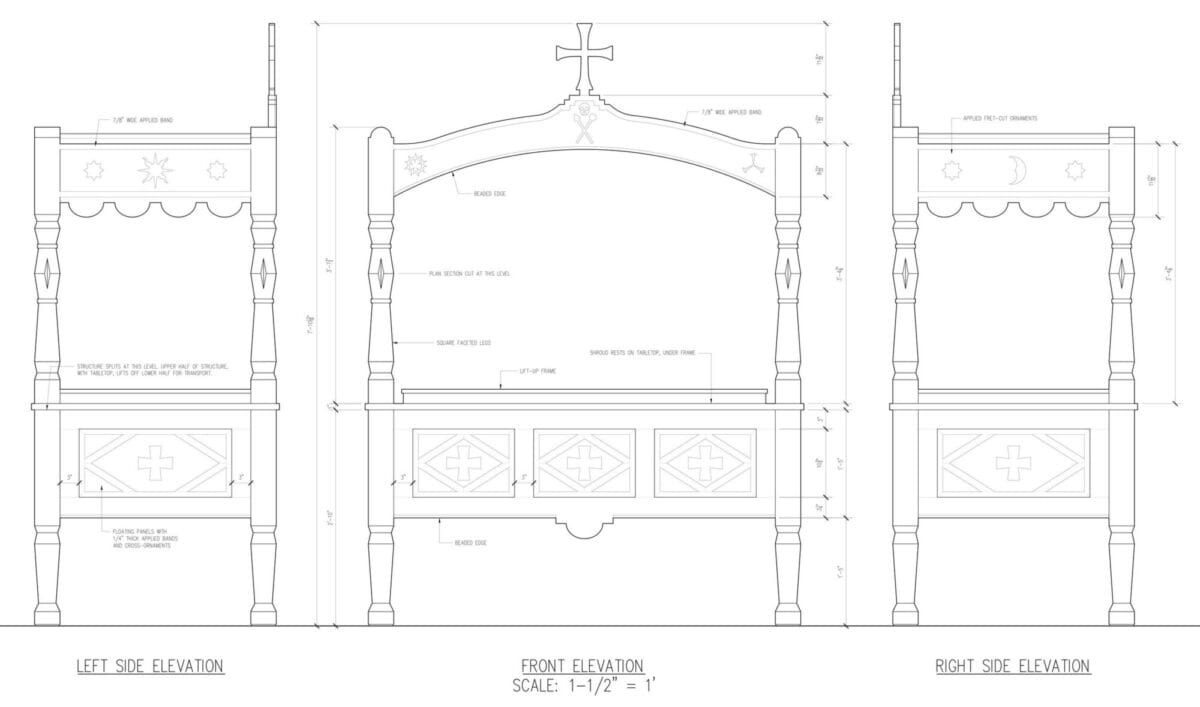
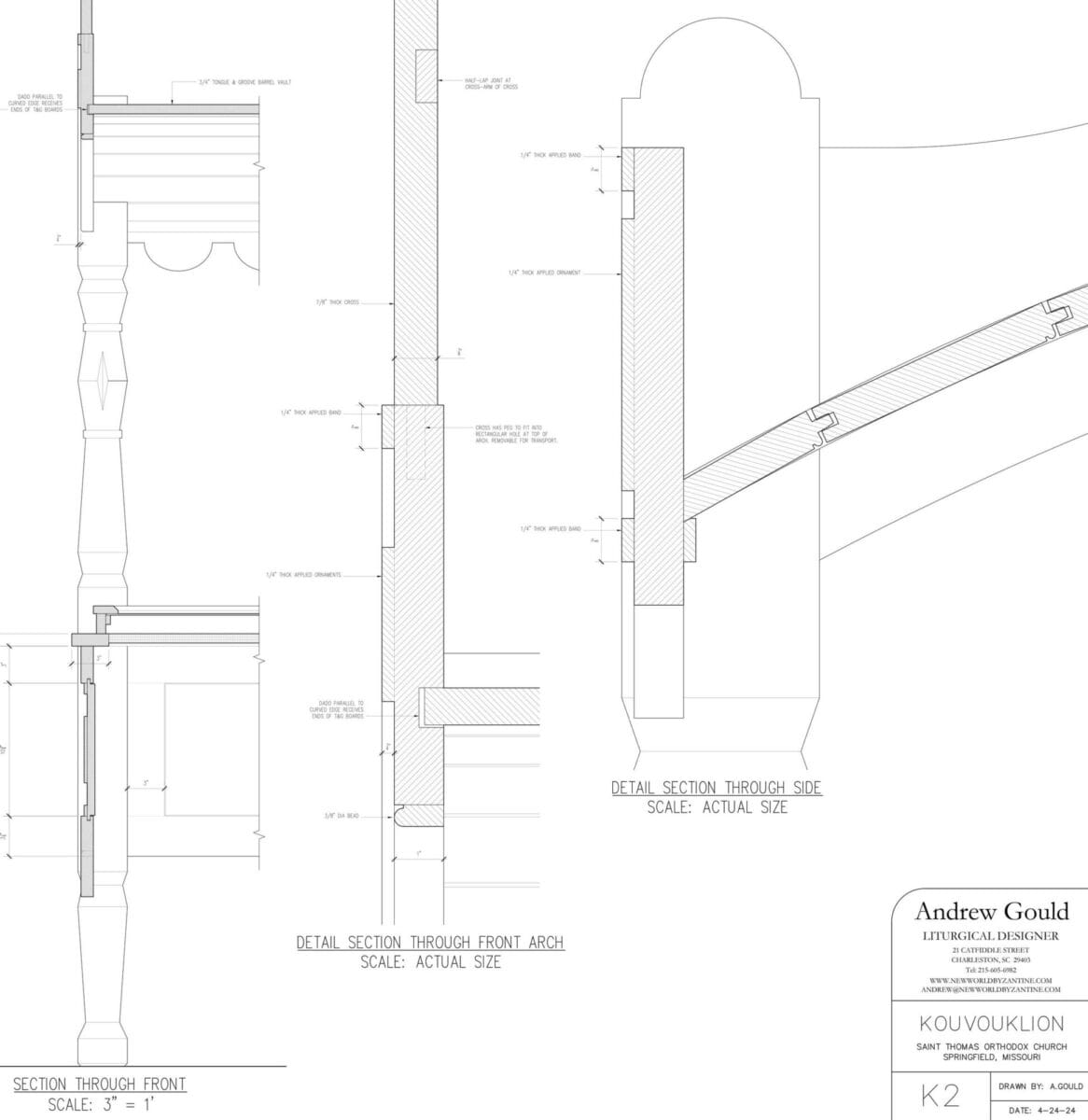
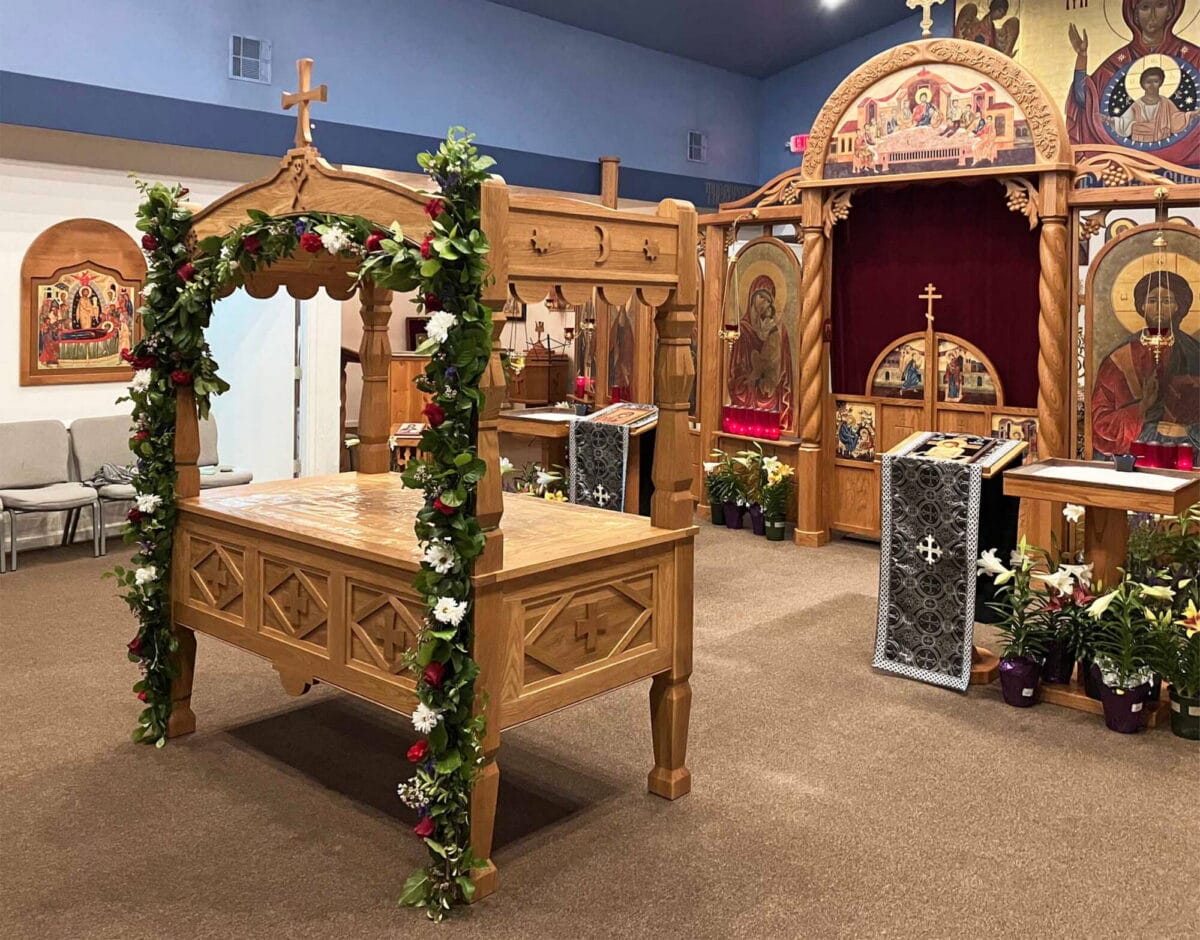
Beautifully done! (As usual!)
This is a very interesting article, thank you for all the details. I am a Greek living in the US for about 13 years now. I have been attending a non-Greek Orthodox parish in addition to our regular Greek one for a couple of years, and I admit that it is a process, getting used to experiencing things (including furniture and – most importantly – music) done differently from what “church” means to us. It is not an easy transition for one coming from such a culturally strong background, where, as a faithful Orthodox, you have painstakingly learned, from childhood, to disregard personal preference or taste, out of obedience to the Church and its tradition and history. (Does one think that listening to text and Byzantine chant in older versions of your own language that you don’t understand unless you study, or appreciating icons and furniture in the traditional ornate Neobyzantine style, comes easily to a contemporary Greek, influenced by modern-day westernized sensibilities? No!! It needs training and effort – which now, at age 53, I can say has been worthwhile.) Prompted by my non-Greek parish attendance, I have been reflecting a lot on how the church experience is a live one, and how it should therefore address the sensibilities of the people in it, but also somehow keep a balance with tradition. In places as the US, where so many Orthodox traditions mingle together with contemporary regional culture, this is so rich and interesting. It often pushes everyone outside their comfort zone, I would say. Thank you again. Very interesting article (and beautiful Kouvouklion, even if I can’t easily relate to it :-))
Thank you, Natalie, for your significant point that the taste for traditional Orthodox art doesn’t just “come naturally.” It is a cultivated one.
Thanks Natalie – that’s an interesting perspective. It’s true that the Orthodox liturgical ethos can take years of acclimation before it feels like one’s own – and that this can be a valuable process of spiritual growth. On the other hand, many of the small “traditions” of ethnic Orthodoxy are quite recent, non-universal, and really not necessary for converts to adopt. For instance, the Neo-Byzantine style of lacey-carved furniture that is ubiquitous in modern Greek Orthodoxy was invented in the 1920s. It’s a completely different style of ornamentation from antique Greek Orthodox furniture of the 16th-19th centuries. It has some relations to medieval Byzantine ornament – but those precedents are always made of stone, not wood – so the Neo-Byzantine wood furniture is still very much a modern invention. When it comes to things like furniture and flower arranging, I think we Americans should decorate in the ways that are natural for our culture, and consistent with our craft traditions.
How beautiful! Thank you for explaining the whole process of creating your kouvouklion. As a Greek Australian, I also admire the beauty in this beautiful piece, even though I have only experienced the Greek style.
Heather Pollington (graphic artist/illustrator with Symbolic World)
Martin Shaw (author, storyteller)
Jonathan Pageau (Symbolic World)
Vesper Stamper (author, illustrator)
Ben Stamper (filmmaker)
Andrew Gould (designer, liturgical artist)
Aidan Hart (iconographer)
Kate DeGraide (Dirt Poor Robins)
Neil DeGraide (Dirt Poor Robins)
John Heers (First Things Foundation)